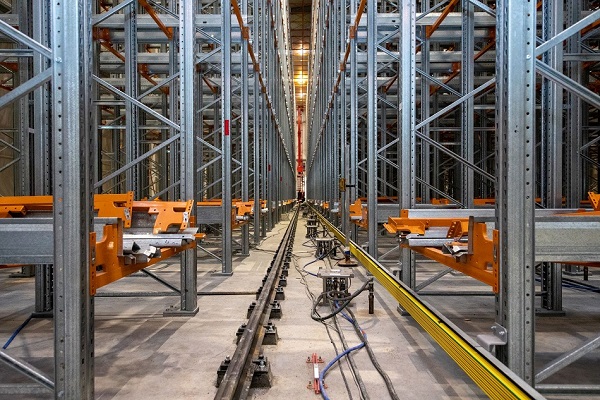Challenging conventional underpinning methods

Conventional steel and concrete underpinning has long been the go-to solutions for engineering and construction professionals who need support or strengthen the foundation of an existing structure. Mainmark divisional manager for Mainmark Civil and Mining, Steve Piscetek writes.
Alternative solutions are gaining favour over traditional underpinning. With a more innovative approach, modern methods of stabilising and lifting structures are streamlining restorative projects, lowering budget estimates and decreasing site sizes by removing the need for heavy machinery.
This raises the question: Is conventional underpinning still the best solution or is it time to move on and adopt more innovative alternatives, particularly when it comes to larger buildings and assets?
The challenges of underpinning
Underpinning involves installing an additional support system to a structure’s foundation. It traditionally involves digging holes beneath the existing foundation and adding steel or concrete underpins, thereby creating a new foundation that extends into firmer soil. Once these new foundations are installed the structure can be lifted using mechanical jacking and packing.
Traditional underpinning still exists today because it typically delivers effective results. However, logistics can be a major drawback. Often due to inflated costs and the size of installation equipment, new foundations are typically only installed three metres apart. This leads to fewer footings being installed which can cause a point load to the bottom of the foundations during the mechanical jacking process. Point loads can cause damage to the building, especially if its foundations are inadequate or if the building is a rigid structure built from stone or brick.
The underpinning process normally involves jacking one underpin position at a time, which can also place undue stress on other parts of the building and cause serious aesthetic and structural issues.
The method itself is also slow to install, very invasive and cause more damage to already fragile buildings. It can be an incredibly invasive process as it requires access for excavation works to be carried out. Excavation works often damage footpaths or surrounding environments, and force residents to deal with the inevitable mess and noise. Even transporting, delivering, and storing steel and other underpinning materials during the process can be incredibly disruptive.
Alternative solutions are readily available
Technology in the ground engineering space has produced solutions that provide an arguably superior alternative to traditional invasive and costly underpinning techniques. Computers can now be used to manage the delivery of cementitious grout mixes that have enough compressive strength to relevel large structures and buildings up to ten storeys high. With the use of computers, grouts can be delivered with surgical accuracy, creating layers only millimetres thick. This allows the grout to set quicker, creating a stable layer for the next grout injection. This process is repeated hundreds of times over several days, creating a solid foundation that eventually provides a lifting force that slowly, gently and evenly raises the structure or building.
One example of this new technology is JOG Computer Controlled Grouting (JOG), a process that is carefully monitored with accurate survey equipment and the amount of grout directed into any of the injectors can be controlled from a central computer. This level of control allows technicians to send more grout to areas that need additional material. The outcome is a uniform lift that does not damage the structure. Compared to traditional underpinning, JOG injection grout points are spaced more tightly at 1.0 to 1.2m, allowing for a more even injection process that minimises disruption to the structure and its occupants.
With techniques like JOG already available, the future of structural remediation is no longer speculative. Ground engineering firms like Mainmark are constantly researching and developing new ways to deliver ground improvement and underpinning solutions like JOG, which is considered the next evolution in engineered building stabilisation and lifting solutions.
Perhaps it’s time to respectfully leave traditional underpinning in the past and look ahead to new alternatives to the conventional methods.
